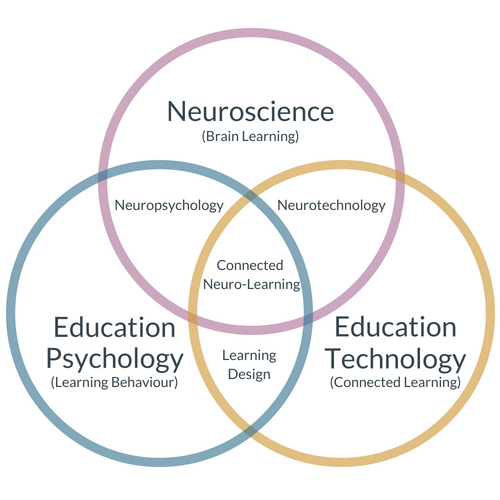You’ve heard the drumbeat. Higher education struggles to teach well. Politicians, students, parents, business executives, and many more cry out for more quality, better curriculum, and stronger pedagogy / andragogy. Students don’t show measurable differences in ability to critically think following college. University professors take between 0 and 3 classes of training specific to teaching. Professional development is spent on subject matter alone and not on the art / craft / science of learning, except for adjuncts who receive no development, despite wanting it. Adjuncts teach the majority of large, freshman seminars while full time faculty teach only a handful of seniors or grad students. And the drum beats on and on and on…

This series will try to showcase, exemplify, demystify, and deconstruct some of the best teaching and learning techniques known by researchers (at this time) to help professional educators teach better. Note, this series is not using “teach” synonymously with “lecture” but instead using it as the holistic process of instruction, assessment, design, reinforcement, etc. While no list like this can be considered comprehensive, by the time the series concludes, it should create a nice compilation of experiences for your professional development library.
The series of topics and ideas come from a keynote address promoting the use of neuroscience, learning science, education technology, and more into the classroom in practical, tangible ways. For more information on a keynote or workshop around any of these concepts, see the Institute for Inter-Connected Education website.
As well, before beginning a journey that may take a bit of time and tenacity to see through to the end, it is important that you feel it is worth your time and energy in the first place. The ideas will come from research and documented statistical evidence, which will always be cited. After all, there is not much more dangerous for education than a single professor explaining how to instruct based solely on their own experience. That n of 1 means almost nothing in the grand scheme of things as the variable of the sole practitioner must be mitigated in order to extrapolate for scale and application to various contexts.
So, while also not exhaustive, the following works, authors, journals, researchers, blogs, and practitioners will be leveraged throughout the blogs:
Mindset (Dweck, 2007); Brain Rules (Medina, 2014); The End of Average (Rose, 2016); Make It Stick (Brown, Roediger, McDaniel, 2015); How People Learn (Bransford, 2000); How To Get An Idea (Foster, 2007); Drive (Pink, 2011); Now You See It (Davidson, 2012); The Gamification of Learning and Instruction (Kapp, 2012); Active Learning: 101 Activities to Teach any Subject (Silberman, 1996); What the Best College Teachers Do (Bain, 2004)
Ken Robinson; George Siemens; Jeffrey Selingo; Jackie Gerstein; Doug Lederman; Phil Hill; Michael Feinstien; Larry Ferlazzo; Inside Higher Ed; WCET; The Chronicle; Educause; Dan Meyer; Rob Letcher; Geoff Leigh; ProfHacker; WiredCampus; Wired Innovations; The Atlantic Education; Huff Post Education; Edutopia; Eduventures; NUTN
At the same time, here is the list of topics to be covered. Some of these topics may be new to you. Some of the concepts may simply utilize a word or naming convention you aren’t familiar with, but which you perform regularly. Either way, consider these a list of concepts every instructor should be quite familiar with! But at the same time, know that many of these concepts can take a long time to master. Just as we encourage students to practice, act, discover, attempt, etc., specific ideas from a subject matter, please give yourself the same leeway here.
Experts vs Novices; Frame vs Mechanic; Desirable Difficulties; Grit / Mindset; Active Learning; Blind Spots; “Do First Learning” (Do – Show – Tell – Review – Ask); Generative Learning; Interleaving + Spaced Repetition; Bad Neurotransmitters: Glutamate & Cortisol; Good Neurotransmitters: Serotonin, Norepinephrine, Dopamine, Endorphins; Pattern Recognition.
Again, this list is not exhaustive, but instead was chosen because of the importance of the concepts while being typically foreign to professors.
We hope that you will consider coming back for each blog in the series and that they provide a solid underpinning for how you create learning experiences for your students.
Good luck and good learning.